Tag: Dmitri Shostakovich
-

-
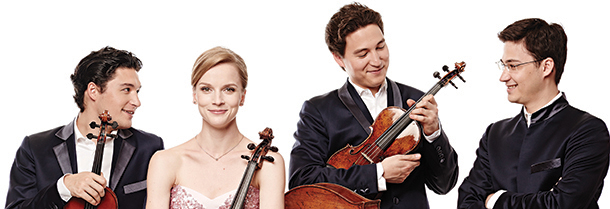
PROGRAM NOTES: SCHUMANN QUARTET
Wolfgang Amadeus Mozart Quartet in D major K. 499 “Hoffmeister” Mozart’s most accomplished string quartets are generally considered to be the ten he wrote after moving to Vienna in 1781, beginning with the set of six dedicated to Haydn, published in 1785 and ending with the set of three dedicated to the King Friedrich Wilhelm II…
-
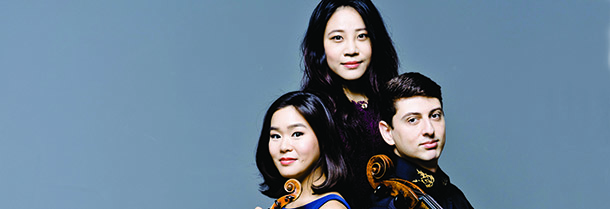
PROGRAM NOTES: Z.E.N. TRIO
Franz Schubert Notturno in E-flat major Op. 148 Schubert’s Adagio for Piano Trio D 897 was composed in 1827 but only published decades later, under the publisher’s title Notturno. And indeed, the opening section does conjure up images of nighttime serenity, with its heavenly texture of harp-like arpeggios in the piano supporting a hypnotic melody…
-
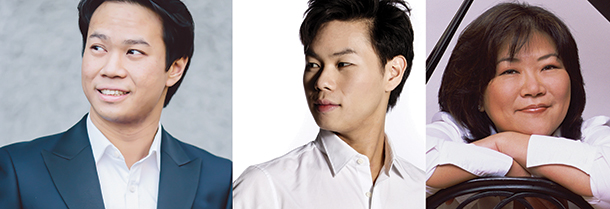
PROGRAM NOTES: NIKKI AND TIMMY CHOOI AND ANGELA CHENG
Claude Debussy Sonata in G minor for violin and piano The sound of Debussy’s music confounded many of his contemporaries. From a tonal point of view, it floated in stasis in a world of pastel sounds that arrived at their destination more by whim than by design. How, they asked, could what he composed actually…
-
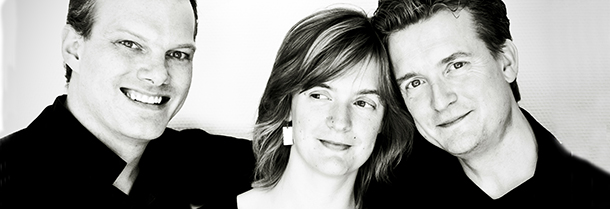
PROGRAM NOTES: TETZLAFF-TETZLAFF-VOGT TRIO
Wolfgang Amadeus Mozart Piano Trio No. 1 in B-flat Major K 502 The piano trio developed out of the ‘accompanied’ keyboard sonata, a makeshift compositional genre that attempted to compensate for the weak ‘tinkly’ tone of the early fortepiano (forerunner of the modern pianoforte) by the addition of a violin to reinforce the singing line…
-

PROGRAM NOTES: NIKOLAJ ZNAIDER & ROBERT KULEK
Ludwig van Beethoven Sonata for Violin & Piano in G major Op. 30 No. 3 “Who are you, and what have you done with Ludwig van Beethoven?” Such is the question that Beethoven enthusiasts raised on the Pathétique Sonata, the Fifth Symphony, and the late quartets might wish to ask of the musician responsible for…
-
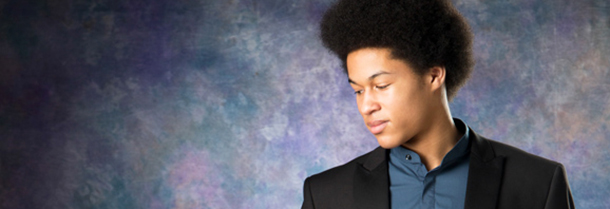
PROGRAM NOTES: SHEKU KANNEH-MASON & ISATA KANNEH-MASON
Gaspar Cassadó Suite for Solo Cello Gaspar Cassadó is hardly a household name, but he was one of the great cellists of the twentieth century, active as a performer, composer and transcriber for his instrument. Born in Barcelona in 1897, he was discovered at the age of nine by a young Catalan cellist just starting…
-
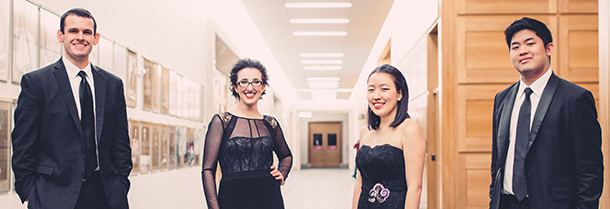
PROGRAM NOTES: THE VERONA QUARTET
Franz Joseph Haydn Quartet in B at major Op. 50 No. 1 The art music of Western Europe underwent a period of transition in the mid- 18th century as the thickly embroiled scores of the Baroque, with their long spun-out melodic lines and constant harmonic churn, gradually yielded to the clearer textures, symmetrical phrases and slower…
-
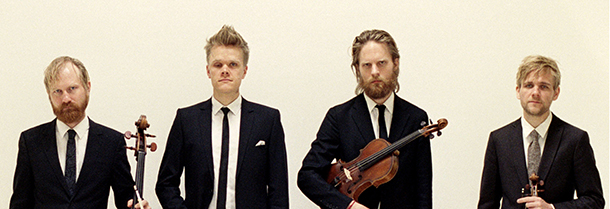
PROGRAM NOTES: THE DANISH STRING QUARTET
Johann Sebastian Bach Well-Tempered Clavier II Fugue No. 7 in E-flat major BWV 876 (arr. Mozart) In 1782 Mozart’s patron, Baron Gottfried van Swieten, showed the composer a number of manuscripts of the works of Johann Sebastian Bach and encouraged him to make string arrangements for performance at the Baron’s regular series of Sunday afternoon…
-
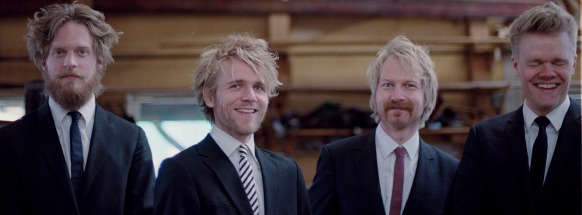
PROGRAM NOTES: DANISH STRING QUARTET
The Art of Fugue Fugue is the Rubik’s cube of compositional genres. It’s the sort of thing that only the ‘brainiest’ of modern composers, one with a bent for antiquarian curiosities, would attempt. And yet in its golden age in the first half of the 18th century, fugue writing was commonplace, an expected skill for…

